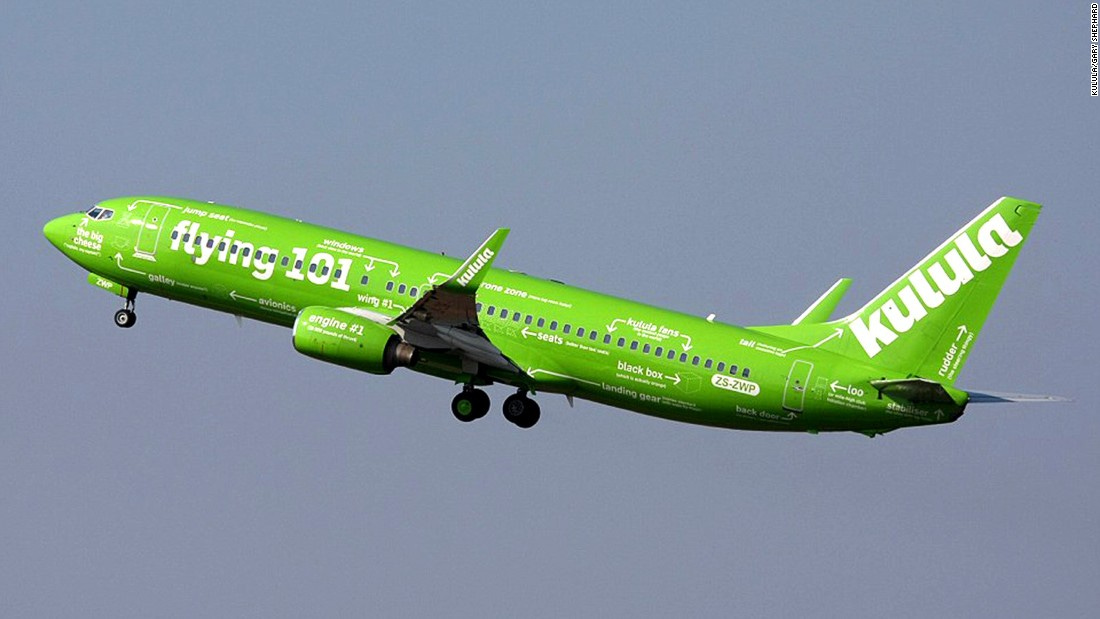Before we go off on this week’s tangent about pressure vessels, absurd amounts of aluminum, and more bubbles than we know what to do with, It’s Not Rocket Science is now on Facebook and Twitter! Give us a like and a follow to never miss a newsletter. Okay, game time.
COVID has hit the Aviation industry hard. Demand has crashed, passengers must wear masks, and worst of all, most airlines have yet to bring back their complimentary beverage service. It’s an amenity that we tend to take for granted and, once we lose it, we realize how nice it really is. As these services come back online, it begs the question: are there pros and cons to having them? Are there more layers beyond the free Ginger Ale? As usual here at It’s Not Rocket Science, there’s more to it than meets the eye. Airlines go through tons of aluminum a year. Literally. And I’ll be darned if we’re not going to dig into every little detail we can find.
Like every other time I’ve written a newsletter, I decided on writing this article well before doing much research into it. I tell myself it’s so we can learn about it together. Whatever the reason, this usually results in me realizing that there are no legitimate articles that have the information we’re after. To add further disappointment, Airplane Food was not part of my undergraduate curriculum. What were my professors thinking?
Don’t worry. We’re going to figure it out ourselves.
According to a report from 2006, airlines produce 1.28 lbs of waste per passenger, and 1% of their waste comes from aluminum cans. [1] Therefore, the amount of aluminum waste per passenger is about 0.013 lbs. Keep in mind this is from 2006, and aluminum cans have gotten lighter over the years. They went from an average weight of 14.9 g in 2006 to about 14 g by 2020. [2] In order to extrapolate the aluminum weight per passenger today, which assumes each person consumes roughly the same number of cans on average, we can apply this ratio: (14g/14.9g)*0.013 lbs = 0.0122 lbs, or about 0.4 cans per person, per flight.
Every day, an average of 1.73 million people fly in the United States. [3] This equates to 630 million people every year. Some quick multiplication shows that every year in the US alone, the aviation industry produces 0.0122 lbs * 630,000,000 = ~7.7 million pounds of aluminum waste—250 million cans. That’s equivalent to the weight of 51 fully loaded 737 jets. Meaning every year, the US airline industry could make 51 new jets out of just the aluminum waste from these cans.
Beyond the impact of recycling them (which not many airlines do), there’s the question of burning extra fuel. For every 100 pounds added weight, you lose somewhere in the ballpark of 0.2% in fuel efficiency. [1] This means that, for an average flight of 100 people, empty soda cans yield a 0.08% decrease in fuel efficiency. While that doesn’t sound like a lot, as we’ll see, it can add up. With 5,700 flights daily in the US, that sums to 14.6 million gallons of fuel per year—just to haul around America’s empties. [4] That translates to $25 million and 308 million lbs of carbon dioxide—the same annual carbon emissions as 30,000 cars.
Keep in mind that a lot of assumptions went into this and a limited number of sources could be found (they’re listed when they apply). That being said, the math is pretty simple. So, if you can get on board with what I’m assuming, you can confidently get on board with our results. In the US alone, the airline industry goes through 250 million aluminum cans every year. Just carrying the empties around translates to $25 million in additional jet fuel and 308 million pounds of carbon dioxide. Don’t even get me started about full cans… that bumps these numbers up by about 27x…
To be fair, all this is just part of flying. Having these amenities adds weight which adds fuel. But it’s important to remember that it’s not in addition to what we already have, it is what we already have. And if these amenities make it easier to travel by air, I’m all for it. Not because I work in the industry, but because flying is still the per person most fuel-efficient way to travel (by a long shot).
Thank you so much for reading this week’s edition of It’s Not Rocket Science and humoring me on my massive tangent. Make sure you tune in next week where we’ll talk about why soda cans and snack bags “puff” up when you’re on a plane. But for now, check us out on social media, and don’t forget to subscribe!
It’s Not Rocket Science is now on social media!
Check out last week’s newsletter here.
Special thanks to Emory Eastin for the inspiration.
For more details…
Cover Image: https://www.cnn.com/travel/article/best-aircraft-livery-design/index.html
[4] https://www.gaytravel.com/gay-blog/airline-and-flight-statistics
[5] https://www.statista.com/statistics/197690/us-airline-fuel-consumption-since-2004/
[6] https://www.eia.gov/environment/emissions/co2_vol_mass.php
[7] https://www.epa.gov/greenvehicles/greenhouse-gas-emissions-typical-passenger-vehicle





Love starting off my day with a Matthew article. Always a great read. Why don't they recycle the cans????